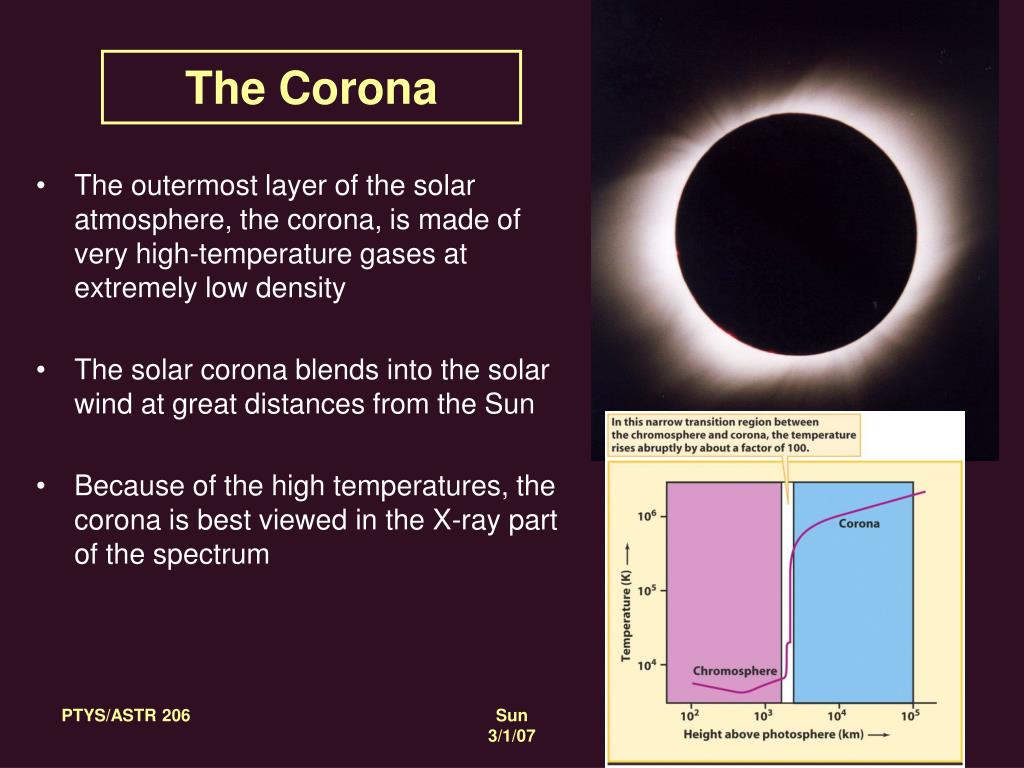
Ranyard took a photograph of the event, while Charles Denison, a doctor in Denver, made a drawing that was turned into a woodcut (see Figure 2). Ranyard, a British lawyer and mathematician who also studied astronomy. A July 29, 1878, eclipse was reported by Arthur C. On the whole the corona is usually less extensive and brilliant over the solar poles, and there is a recognizable tendency to accumulations over the middle latitudes or spot zones so that, speaking roughly, the corona shows a disposition to assume the form of a quadrilateral or four-rayed star, though in almost every individual case this form is greatly modified by abnormal streamers at some point or other.Įven in those early days there was already some discrepancy between images and observer accounts. These are often inclined, occasionally are even nearly tangential to the solar surface, and frequently are curved. Sometimes there are narrow, bright streamers, as long as the rifts or longer. Usually there are several “rifts” as they have been called, like narrow beams of darkness, extending from the very edge of the Sun to the outer night, and much resembling the cloud-shadows which radiate from the Sun before a thunder- shower.

Generally the inner corona has a pretty uniform height, forming a ring three or four minutes of arc in width, separated by a somewhat definite outline from the outer corona, which reaches to a much greater distance, and is far more irregular in form. The portion nearest the sun is of dazzling brightness, but still less brilliant than the prominences, which blaze through like carbuncles. From behind it stream out on all sides radiant filaments, beams and sheets of pearly light, which reach to a distance sometimes of several degrees from the solar surface, forming an irregular stellate halo, with the black globe of the moon in its apparent center.

It looks not like a flat screen, but like a huge black ball, as it really is. On such an occasion, if the sky is clear, the Moon appears of almost inky darkness, with just sufficient illumination at the edge of the disk to bring out its rotundity in a striking manner. One such description was given by solar scientist Charles Young in his 1896 book, The Sun: A total eclipse of the Sun is unquestionably one of the more impressive of all natural phenomena, and the corona, or aureole of light, which surrounds the Sun, is its most impressive feature. The technique that was perfected in this period, however, was visual observation, which was carried out with enthusiasm and reported so eloquently that we who depend on photographs to record our observations return to the writings of the nineteenth century for adequate verbal descriptions of the corona. The corona was recognized as an object worthy of study, and the familiar techniques for analysis of light-photography, photometry, spectroscopy and polarimetry-were all applied to it. In his 1966 book on the solar corona, Donald Billings described this period: … the latter 60 years of the 19th century marked the beginning of a real coronal science. The former were carefully reported in written accounts and recorded in drawings and engravings that depended on the skills of astronomers, artists and engravers, as well as those who made and reproduced the pictures. In the first, during the latter half of the 19th century, naked-eye observations were only occasionally supplemented by photography. Eclipse studies of the white-light corona can be grouped roughly into three periods.


 0 kommentar(er)
0 kommentar(er)
